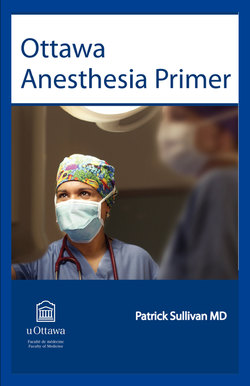Читать книгу Ottawa Anesthesia Primer - Patrick Sullivan - Страница 106
На сайте Литреса книга снята с продажи.
The four levels of airway management:
Оглавление1 Bag-mask ventilation (BMV)
2 Placement of an LMA™ or LMAD
3 Endotracheal intubation
4 Surgical airway
Spontaneous or controlled ventilation with the use of a bag and mask or the placement of an LMA™ (or LMAD) may provide acceptable oxygenation and ventilation. When difficulty is encountered with tracheal intubation, it is important that efforts are focused on ensuring adequate oxygenation. In this setting, reverting to bag-mask ventilation or placement of a LMAD may be used as a rescue plan. A specialized LMA™, such as the LMA Fastrach™, may be used a conduit for intubation should this be required.
Common strategies to improve success with BMV are discussed in Chapter 6, and strategies to overcome difficulties with placement of a LMAD are discussed in Chapter 8. Following are reviews of advanced airway techniques that may be used to achieve tracheal intubation in patients with a difficult airway. When BMV fails and placement of a LMAD or tracheal tube fails, a situation known as a “can’t intubate – can’t ventilate” (CICV) emergency is declared. This is a rare event with an estimated incidence of 0.01 – 0.07% of all intubations, but it is a potentially life-threatening emergency that requires immediate action to avert a disaster. All efforts are focused on optimizing oxygenation of the patient. An emergency call should go out to notify any available health care provider with airway management skills of the emergency and to enlist their assistance. Should attempts at oxygenation fail, an emergency cricothyroidotomy may be required. As soon as the need of an emergency cricothyroidotomy is considered, preferably before a CICV situation arises, the presence of a surgeon skilled in providing an emergency surgical airway should be requested. Early notification may allow time for the surgeon to prepare mentally, examine the patient’s neck, and prepare the necessary equipment. With proper airway evaluation, preparation, and consideration of alternative management strategies, many cases of CICV emergencies can be avoided, but unfortunately not all.
The American Society of Anesthesiology have published practice guidelines for management of the difficult airway (see Fig. 7.1 and Fig. 7.2).
